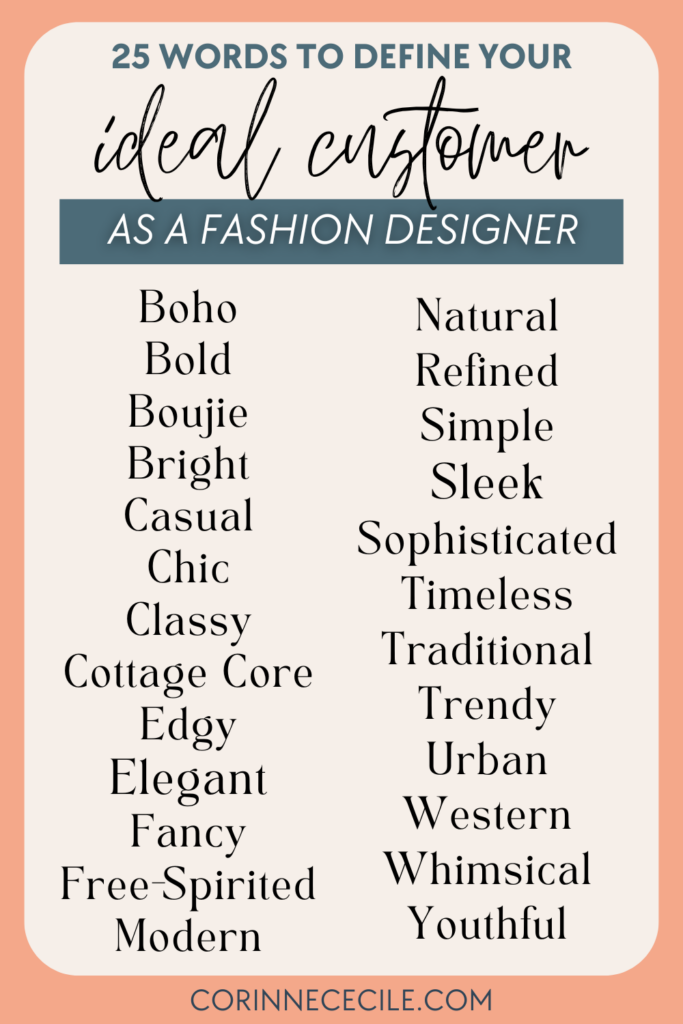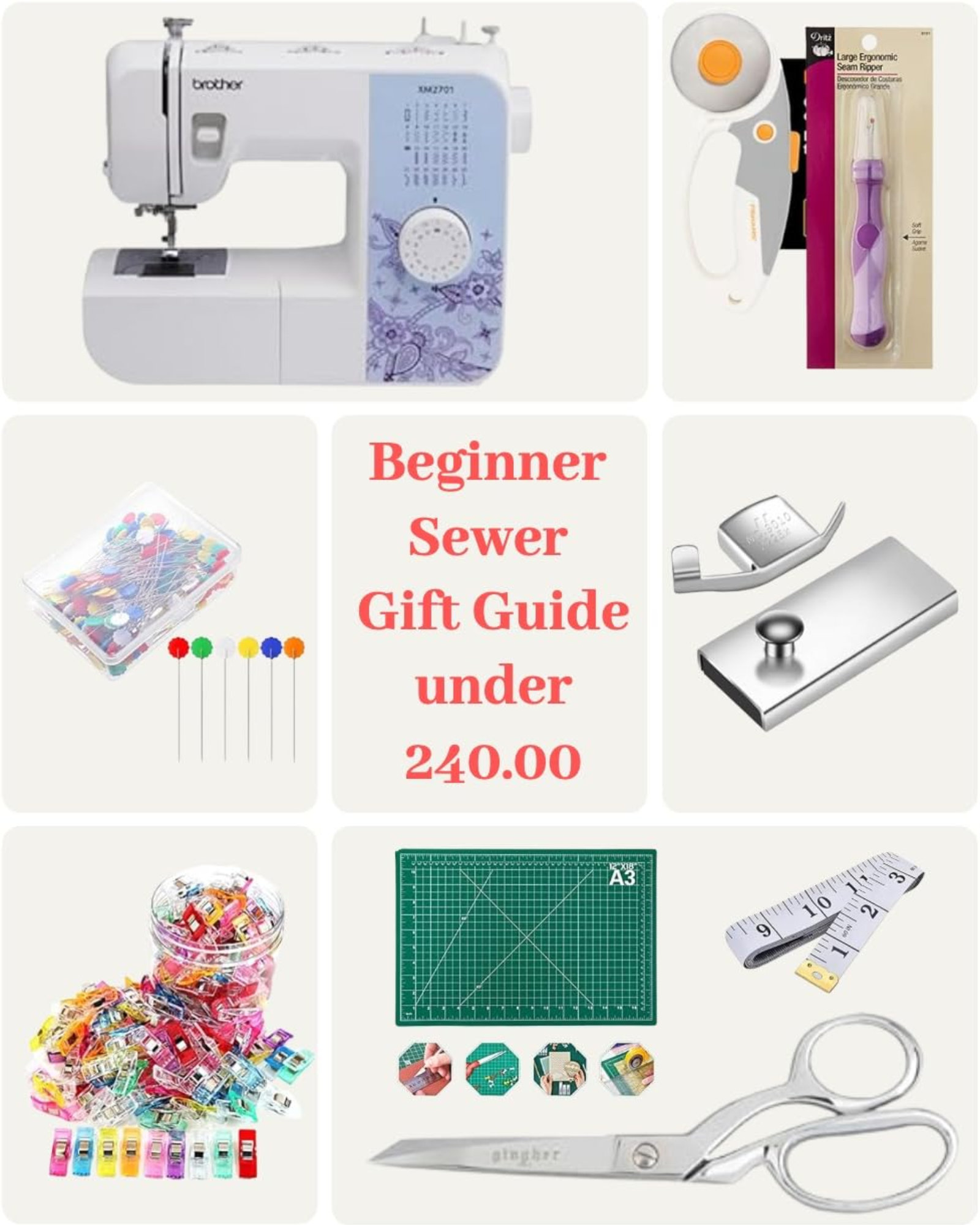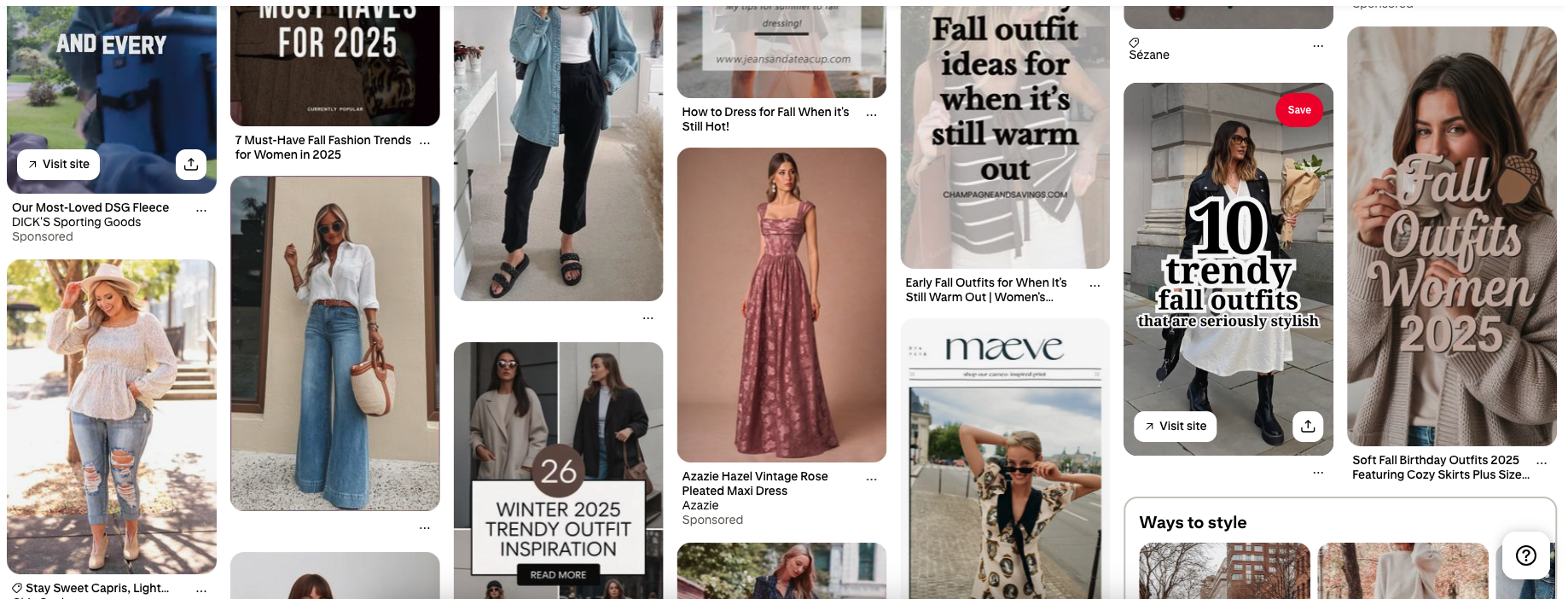How To Define Your Ideal Customer Profile In 5 Steps: A Guide For Clothing Brand Owners

One of the most important steps in building a thriving fashion brand is understanding who your ideal customer is. Defining your ideal customer profile allows you to focus your marketing efforts, design more effectively, and connect deeply with the people who will love your products.
Read on to learn:
- What an ideal customer is
- Why you should define the ideal customer for your brand
- How to define your ideal customer profile in 5 steps
- How to use AI if you need help with this process
- Your next steps as a fashion designer
What Does Ideal Customer Mean?
A brand’s ideal customer is the person who you imagine wanting and needing the clothing you design. When they see your brand, they know if it’s meant for them. Your brand should create an emotional connection with your ideal customer and turn them into a lifelong customer over time. Your clothing should solve a problem for them, make them happy, and target specific or special moments in their lives.
Why You Should Define Your Ideal Customer Profile
A common mistake that I see new clothing brand owners make is trying to appeal to everyone. This is a big misstep, and often results in broad messaging and scattered branding. Companies that try to appeal to everyone struggle to actually connect with anyone.
Here are three reasons why defining your ideal customer is essential:
- Focused Marketing: When you know exactly who you’re talking to, your marketing efforts become more targeted and effective. Instead of wasting time and money trying to appeal to everyone, you can tailor your messaging to resonate with your ideal customer.
- Better Product Design: Understanding your ideal customer’s preferences, needs, and pain points helps you design products that truly resonate with them. Your customer should feel like you read their mind with the products you create for them.
- Stronger Brand Identity: A well-defined customer profile allows you to craft a brand that feels cohesive and authentic. The entire process, from design to production to sales, will feel easier with a clear audience in mind.
Now that you can see the value of defining your ideal customer profile, let’s go step-by-step through the process:
Disclaimer: Some clothing brands are born out of creative passion or because of a product idea, while others grow out of a particular story or situation, with the product coming as a follow up. Either way, you will need to use the following steps to narrow down your ideal customer. Feel free to complete step 1, 2, and 3 in the order that makes the most sense for your business.


Step 1: Start With Your Product In Mind
Consider which pieces of clothing you will be selling. Standard shirts and pants? Outerwear? Underwear? Swimwear? Accessories? Shoes? Or some combination of those?
I recommend making a list of options and determining which pieces you’re passionate about creating and why. If you don’t have a clear idea for this stage, you might need to consider starting with your brand’s Signature Style Blueprint (link to product). Check out this post (link to blog post) for everything you need to know about creating your brand’s style.
Let’s use an example brand to help you understand each of the 5 steps of creating your ideal customer profile. I’ll reference the same example brand in each step.
Example Brand: Planning to sell UV-Protective clothing for outdoor activities.
Product: Short-sleeve shirts, long-sleeve shirts, and hats made from UV-Protective fabric.
Narrowing down which clothing pieces you’ll be offering will help you with the next step: visualizing who will be wearing those items.
Step 2: Visualize Your Ideal Customer
Ask yourself, can you imagine somebody wearing the clothes that you’ll be designing? Can you see them wearing the pieces while at home, working, or playing? How does this person feel while wearing your clothing?
Example Brand: Planning to sell UV-Protective clothing for outdoor activities.
Visualizing the ideal customer: Young adults and middle aged people wearing the clothing outside in the summertime (enjoying activities like hiking, walking, camping, playing sports, biking, etc).
Step 3: Describe Your Ideal Customer
Ask yourself, what is your customer’s “vibe”? What makes them tick? What personality traits do they have that would impact their wants and needs for specific clothing?
I like to refer to lists of descriptive words, like the one below, when I feel stuck coming up with words to describe my ideal customer:

No matter what the vibe is, you need to be able to identify it so you can create clothing that evokes similar feelings. Your brand needs to cater to your ideal customer, and you can only accomplish this by honing in on their needs, desires, pain points, and overall vibe.
Example Brand: Planning to sell UV-Protective clothing for outdoor activities.
Describing the ideal customer: This woman wants to feel athletic and sporty in her clothing while she enjoys her outdoor activities in the sun, but she also wants to feel safe and protected from the UV rays. The man needs simple and reliable outdoor clothing that is comfortable to wear but also protective from the harmful UV rays. Overall “vibe” words: Sporty, Natural, Simple, Athletic, Outdoorsy, Modern, Active, Healthy
Step 4: Name Your Ideal Customer
Once you have determined your ideal customer, give them a name! Is the customer male, female, or will you have one example of each? Is the person a child, teen, young adult, middle aged, or elderly person?
Example Brand: Planning to sell UV-Protective clothing for outdoor activities.
Name the ideal customer: Woman (40s) – Heather, Man (50s) – Jim
This may seem like a silly task, but it has a purpose for your product creation and marketing efforts.
Step 5: Reference Your Ideal Customer Profile Often
Each time you create a new collection or product, you should refer to your imaginary ideal customer(s) and ask yourself if that person would wear it, use it, show it off, etc. If you create something a bit too far from your brand’s Signature Style Blueprint, running it by your ideal customer should help you catch it.
Example Brand: Planning to sell UV-Protective clothing for outdoor activities.
Referencing the ideal customer: Let’s say the brand wanted to release a pair of UV-Protective work pants. This is not part of the typical clothing line. They should run it by their ideal customer profile first – would Heather wear these pants? For what occasions would she need these pants? Would Jim be excited to receive these pants? What outdoor activities would he do while wearing the pants? Just some starting points to get your mind rolling!
Of course, as a fashion designer, your customers will look to you to surprise them with new unique styles. But once you start to build your loyal following, don’t lose sight of why they started to buy from you in the first place and what it is that they love about your brand.
It can be easy as a designer to lose your focus and want to chase all of the latest trends out there. Staying current is very important, as long as you stick to your Signature Style Blueprint and your customers’ expectations. I always like to surprise and delight them, but in a good way. They’ll expect a certain style from you, and you don’t want to disappoint them.
BONUS: How To Use Technology To Create Your Ideal Customer Profile
If you’re struggling to get through this process on your own, don’t be afraid to turn to technology for some guidance! Here are my top tips for using AI and Social Media to help define your ideal customer profile:
ChatGPT
You can use AI for support at any stage in this journey, but I recommend using ChatGPT specifically to hold all of the information you’ve decided on for your ideal customer. You can feed ChatGPT very specific information about who you think your ideal customer is, build on it over time, and you’ve got a place to turn to if you need to ask a question about your customer.
→ If technology isn’t your friend, and you’d like some hand-holding through this process, check out my coaching program, Fruition, where I provide step-by-step support through each and every phase of launching your own clothing brand!
Social Media & Market Research
If you aren’t clear about exactly what your customer wants, I recommend studying brands your ideal customer already buys from. This is part of the market research process where you dive deep into the mind and lifestyle of your ideal customer. Ask yourself these questions:
- Where are they shopping?
- What are they watching on TV?
- What are they reading? (blogs, magazines, etc)
- Where do they like to eat?
- What is the style and decor of their home?
- Where do they live?
- What do they do for fun?
The good news is, you can use social media to gather this information – we live in a time where it’s the easiest it has ever been to gain knowledge about your ideal customer!
Your Next Steps To Defining Your Ideal Customer Profile
I hope this breakdown was helpful as you dive into the process of identifying, naming, and utilizing your ideal customer profile in your clothing company. If you’d like more resources on this topic, plus other expert branding and marketing tips for your fashion brand, check out my Brilliant Branding Method. It’s packed with information and tips to nail your branding from the start in order to launch a successful clothing company.
If you’re searching for even more support as you launch your fashion brand, check out my signature program for fashion designers, Fruition. I guide you through each and every step of starting and running a successful clothing brand. Seriously, it has everything you will need to launch and scale your fashion business.
Check out Fruition here!





Read the Comments +